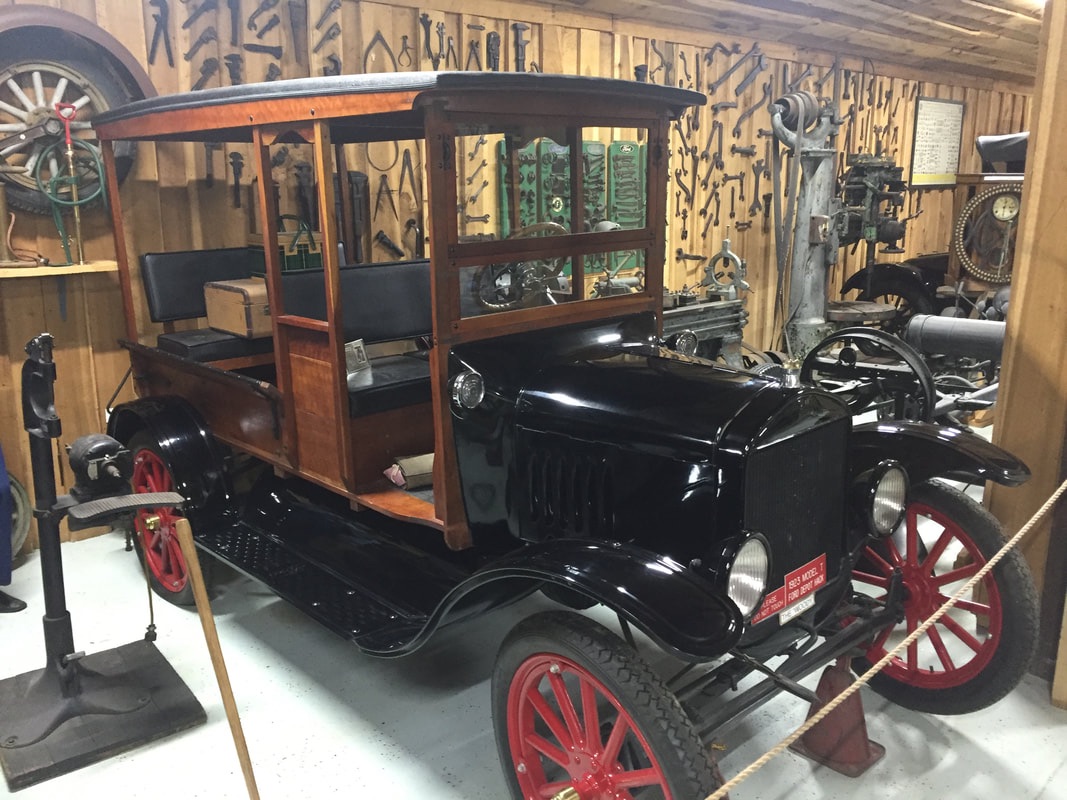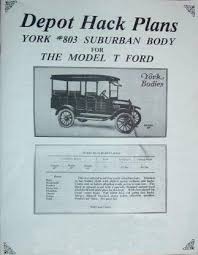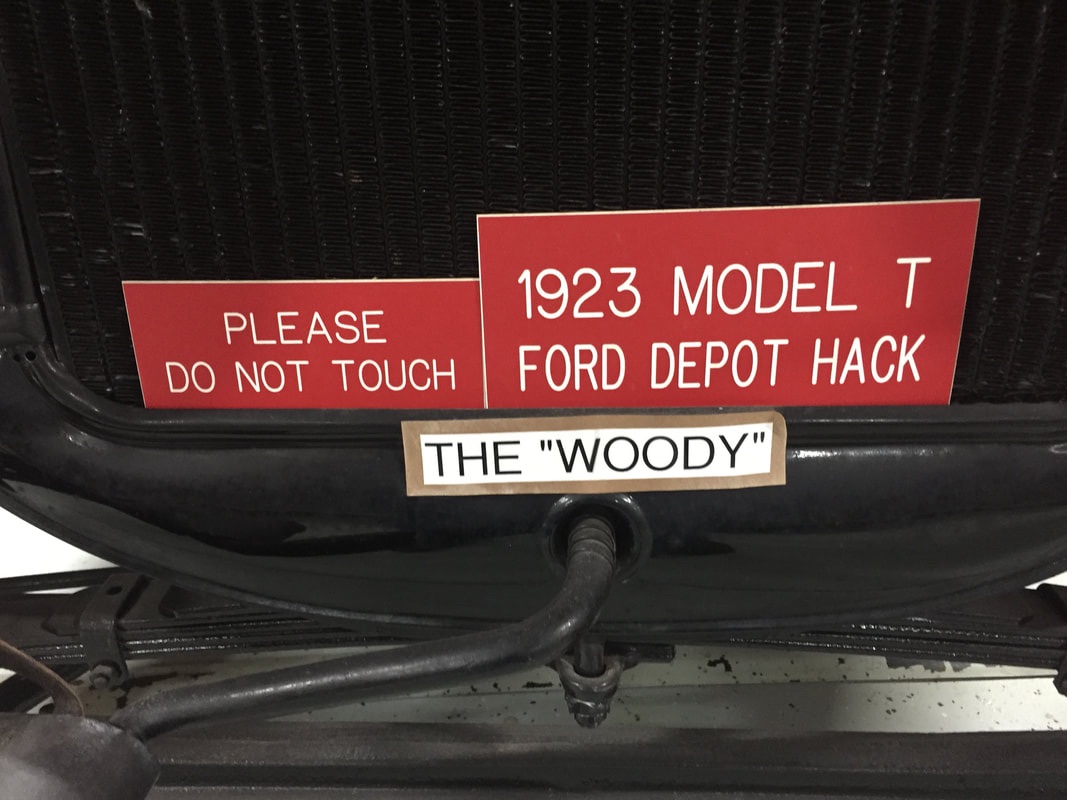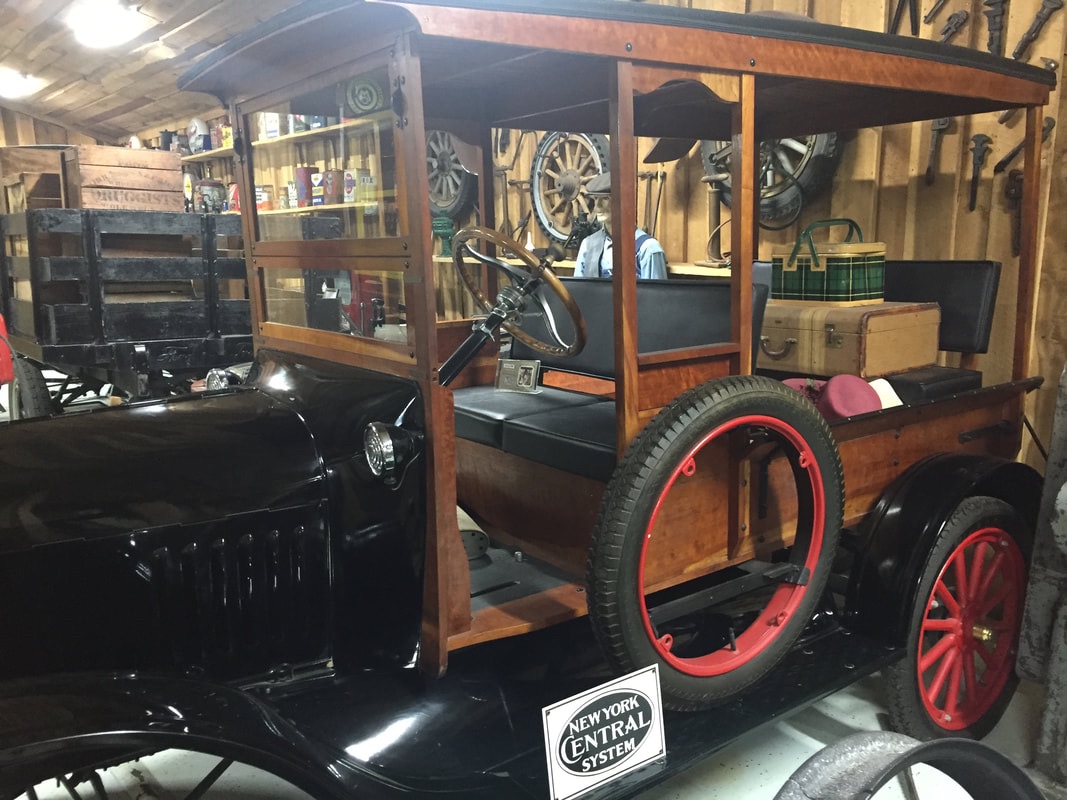|
|
The names “station wagon” and “depot hack” did not come into existence by coincidence. In the early days of the automobile, the only way to get from city to city was by train. A road network had yet to be developed, and automobiles were not feasible for long-distance travel. There were no airlines, and few planes existed. Quite simply, people took the train, and once they arrived at their destination, there were no rental cars. Taxi cabs were not only expensive, but they did not exist anywhere but in the largest cities.
|




